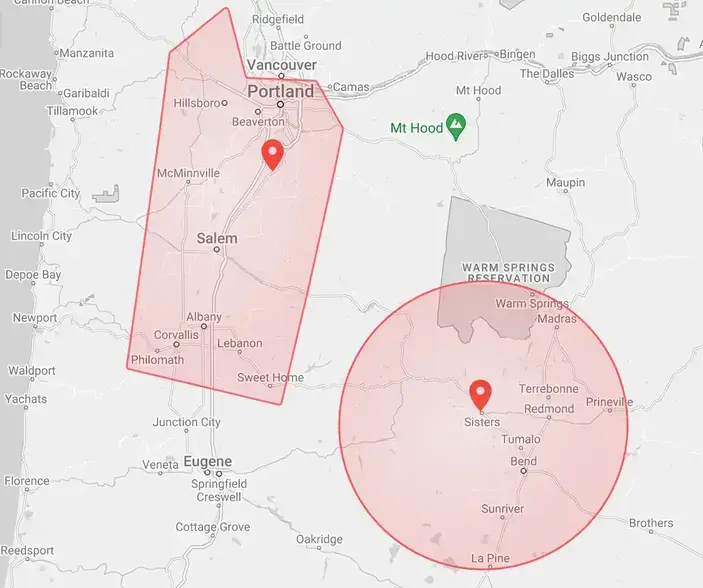The p-trap is that 180-degree bend in the drain pipe just underneath most sinks. Its curvy configuration performs a couple of very vital plumbing functions. If anything goes wrong down there, you’ll know about it pretty soon.
In normal conditions the trap always retains a small amount of water from the last time you used the sink. That water acts as a seal to prevent the reflux of sewer odors. Without a functioning p-trap, every sink would be releasing the pungent, unmistakable smell of sewer gas into your home.
The p-trap’s other purpose is to catch debris washed down the drain that might otherwise flow even deeper into the drain system and form a clog that’s hard to get to. The u-shaped bend in the trap slows the flow of drain water to retain debris where it can be easily cleared out. If a drain clog forms in your p-trap — or you drop a valuable like a ring down the drain — you can get to it by cleaning the trap. Most traps today are made of PVC with large slip nuts and are easy to loosen and remove by hand. Here’s how it’s done:
- Put a bucket under the trap to catch water and drain debris.
- Loosen the two large slip nuts in the drain pipe. One is right above the p-trap in the vertical section of the drain pipe, the other is just beyond the trap where the drain pipe becomes horizontal.
- Pull straight down on the trap and separate it from the drain pipe segments.
- Clean the clog or other contents out of the trap. If the trap is severely clogged, take it outside and flush it clean with a garden hose.
- Fit the trap back into the drain pipe and hand-tighten the slip nuts.
- Turn on water in the sink and check for leaks.
For qualified professional service to handle clogs in the p-trap or elsewhere in your plumbing system, contact Roth Home & Cooling.














